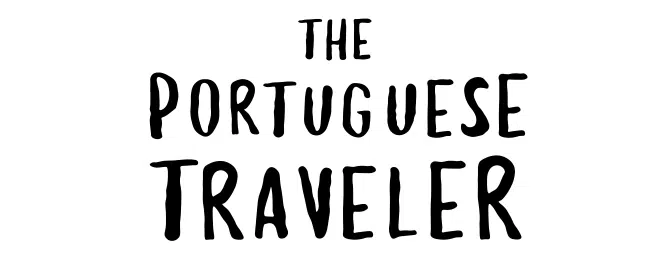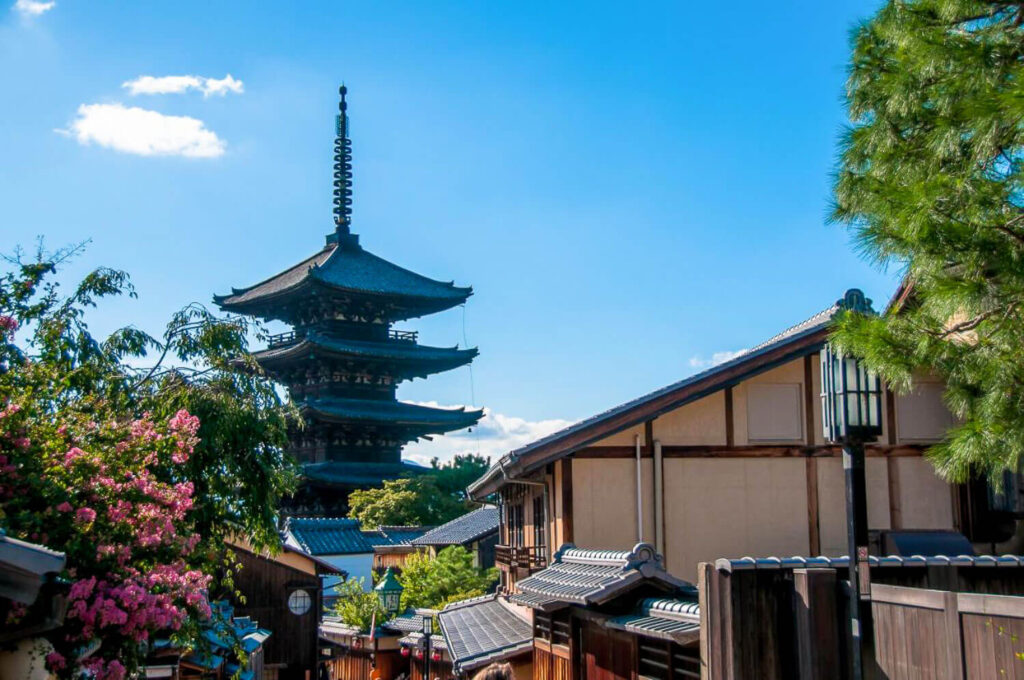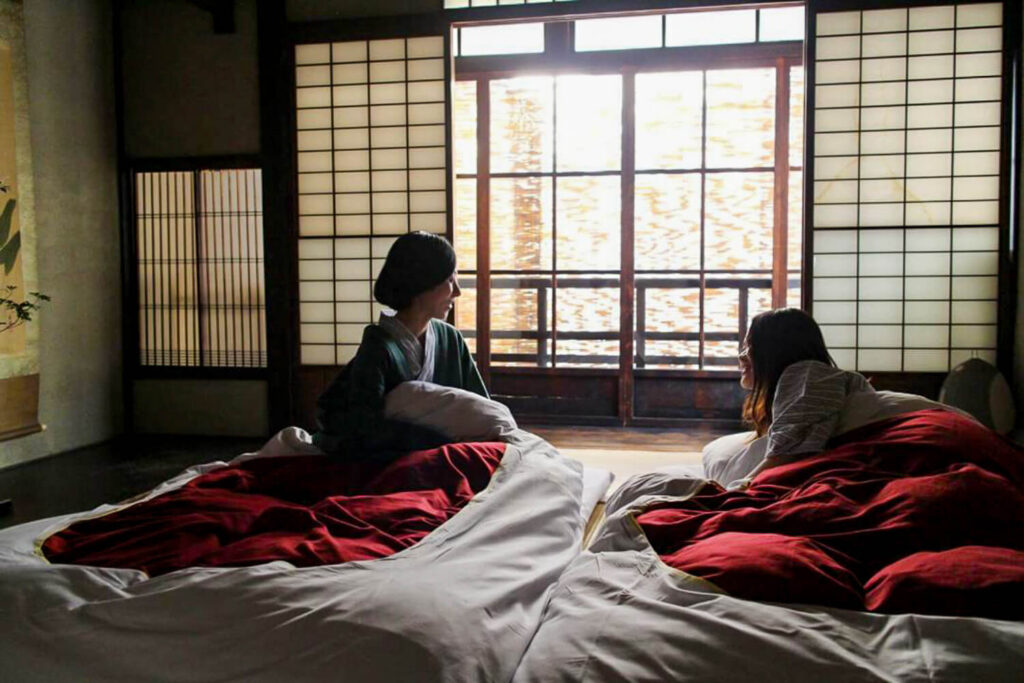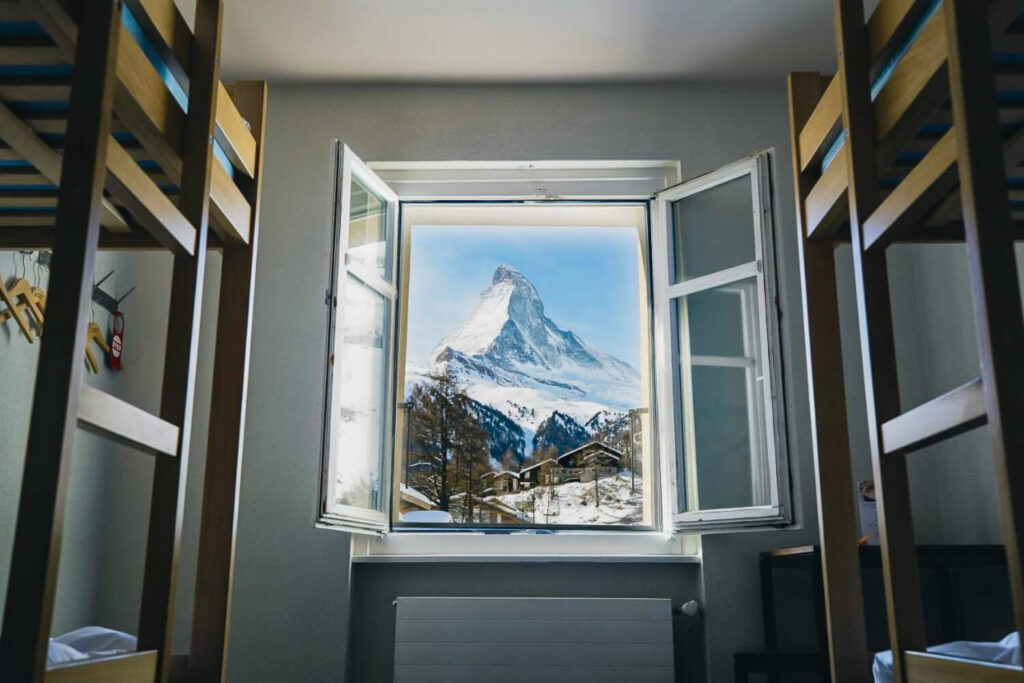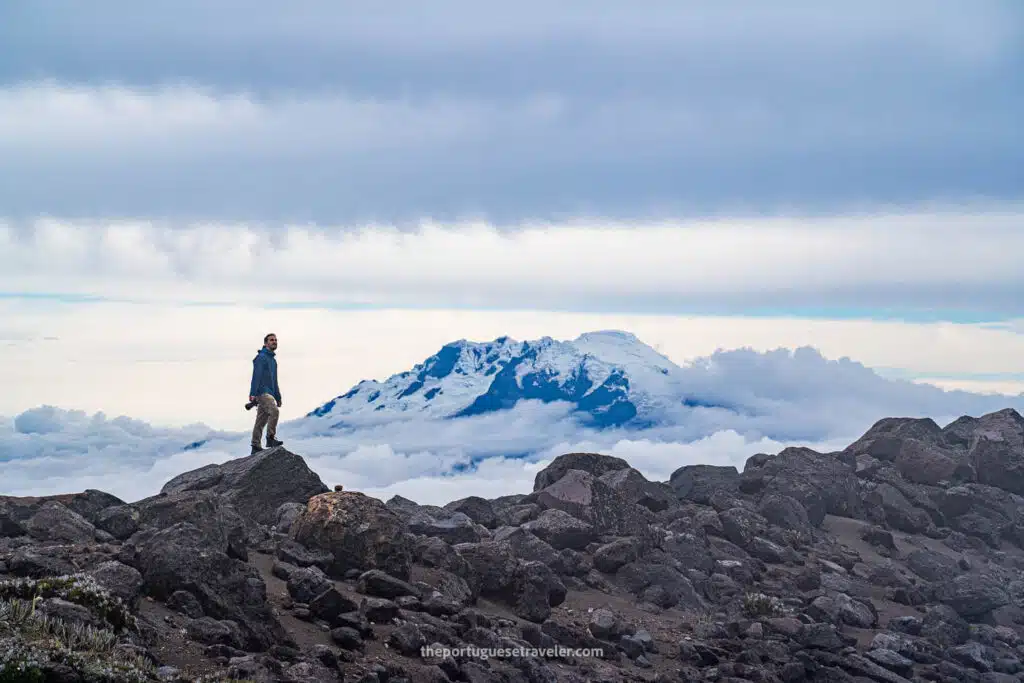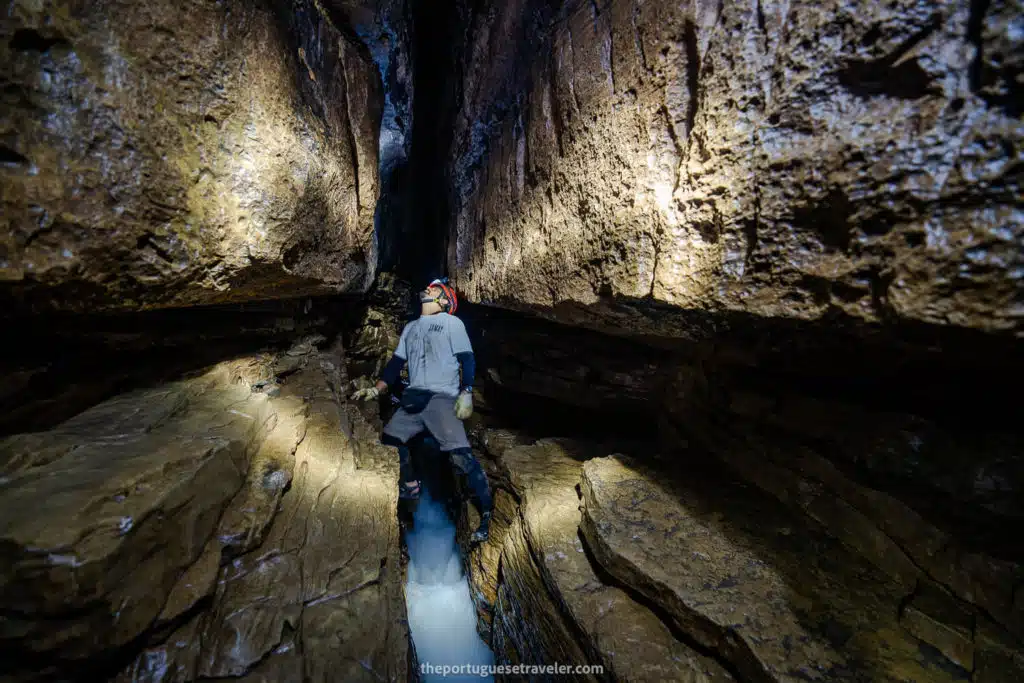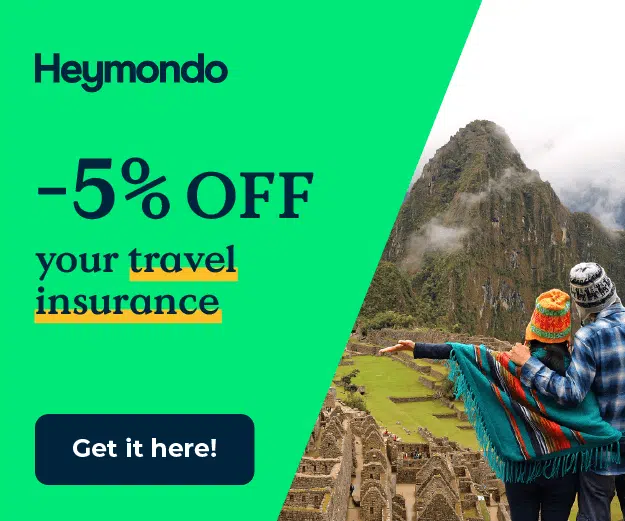What's in my Backpack - Outdoor & Adventure Photographer
Cameras, Drones, Lenses, Tripods and all the Goodies...
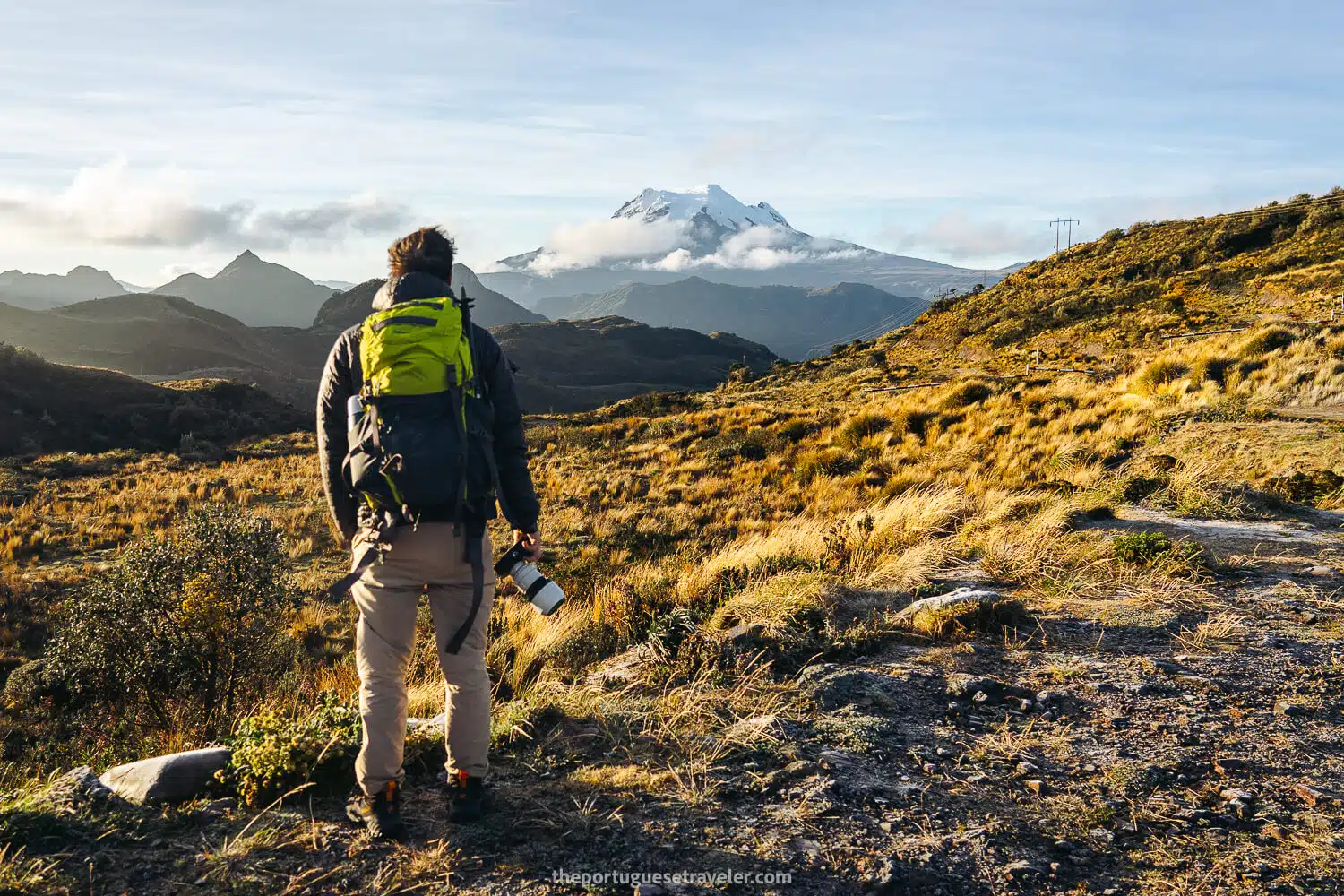
Are you interested in becoming an Outdoor and Adventure Photographer and want to know what gear you need to succeed?
In this article, I’ll be detailing my top recommendations for what you should pack in your backpack to capture stunning shots of mountains, rainforests, glaciers, waterfalls, underwater scenes, and sunken ships. I won’t just be sharing what I carry, but also what I would choose if I were to invest in the most top-of-the-line items available.
From the essential clothing for each activity to the specialized photography gear required for different scenarios, you’ll be fully equipped to tackle any adventure.
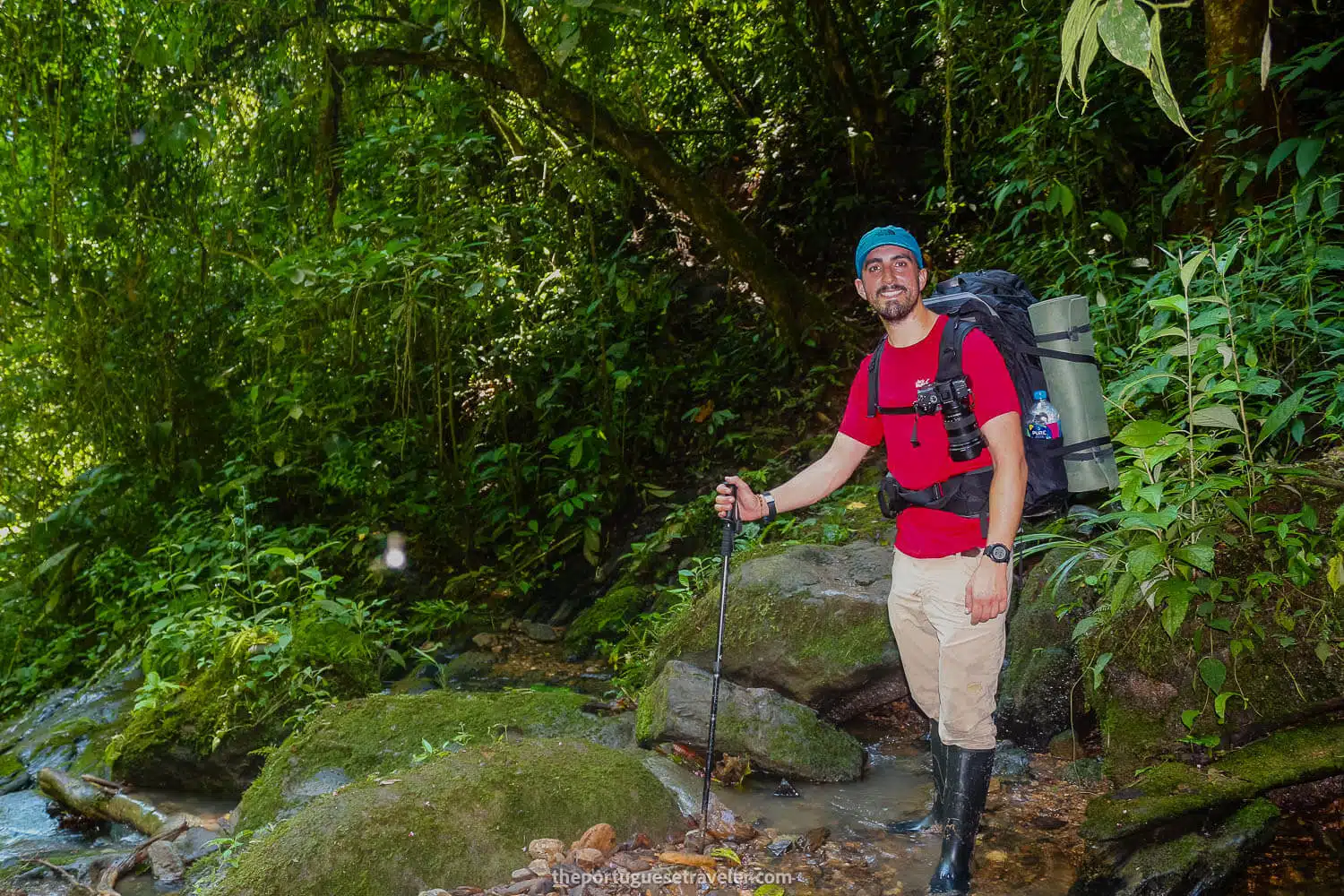
Table of Contents
What's an Outdoor and Adventure Photographer?
An outdoor and adventure photographer is a professional who specializes in capturing images of outdoor landscapes, extreme sports, adventure activities, and natural environments. These photographers often work in rugged and remote locations, documenting outdoor adventures such as mountain climbing, hiking, skiing, surfing, and other adrenaline-fueled activities. They are skilled in using specialized equipment to capture the beauty and excitement of the great outdoors, and their work is often featured in magazines, advertising campaigns, and outdoor lifestyle publications.
Outdoor and adventure photographers are passionate about exploring the natural world and are dedicated to preserving and sharing its breathtaking beauty through their art. In my case, my primary goal as an outdoor and adventure photographer is to document the lesser-known locations of the world—hidden gems off the beaten path that require on-the-ground exploration and local knowledge to access. Currently specialized in Ecuador, The Galapagos, Switzerland, and soon Portugal. These may include secret waterfalls, petroglyphs, ruins, and other non-touristy treasures. To achieve this, one typically carries a professional camera, an action camera, a drone, and a phone, along with a plethora of other gadgets and specialized clothing items.
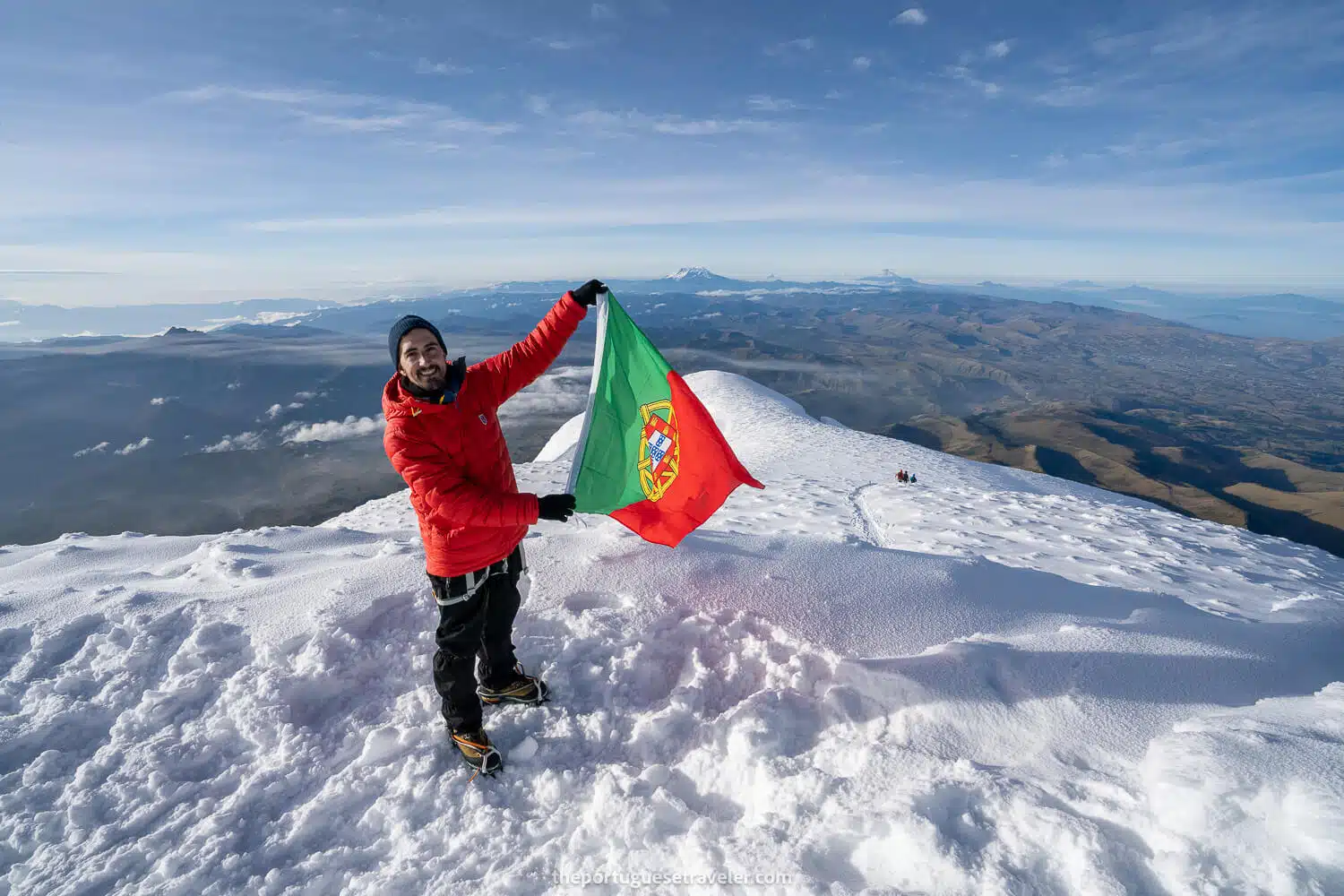
What gear do i need as an Outdoor and Adventure Photographer?
When preparing for outdoor and adventure photography, the gear you need depends on various factors, including the subject you’re photographing, the specific activity you’ll be engaged in, the prevailing weather conditions, and the duration of your fieldwork. Most of the time, I carry my Mirrorless Sony Camera, two lenses, a drone, and my iPhone. The equipment I bring varies significantly depending on the scenario, whether it’s a mountain hike, an underwater shot, birdwatching or safari tour, climbing a snowy peak, exploring hidden waterfalls in the jungle, or capturing a sunset at the beach. Each setting demands its own set of specialized gear to ensure the best possible results.
In addition to photography gear, it’s essential to consider appropriate clothing, sleeping arrangements, food and drinks, and a first-aid kit. The right clothing and gear for varying weather conditions and terrains are crucial for comfort and safety during extended outdoor shoots. Adequate provisions for food and drinks, as well as sleeping accommodations, are necessary for longer expeditions. A well-stocked first-aid kit is indispensable for handling any unexpected situations that may arise during your outdoor photography adventures. Careful planning and preparation for all aspects of your journey ensure a successful and enjoyable experience in the great outdoors.
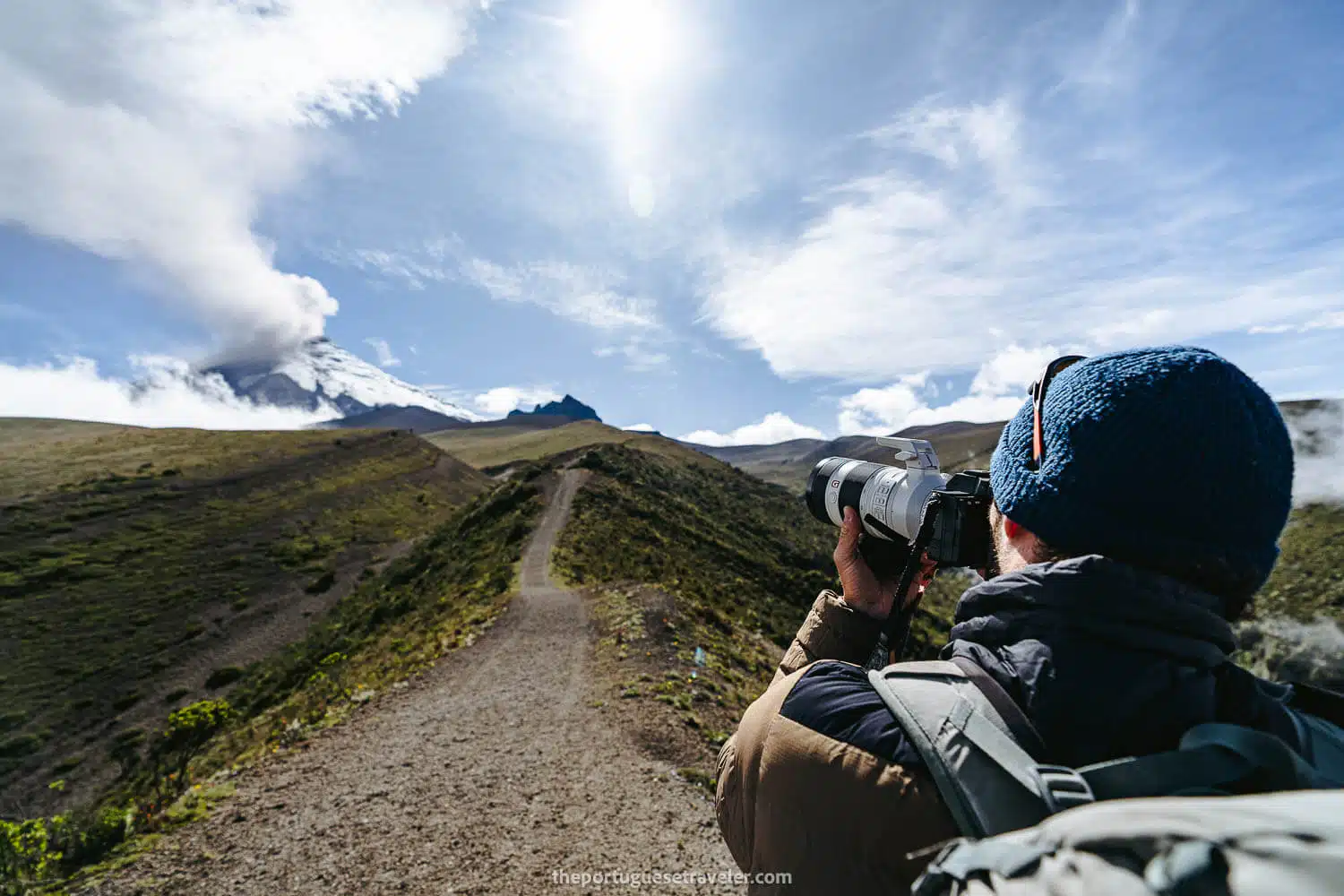
How to choose the best Adventure Photographer Camera Backpack?
Before delving into what gear to bring on your outdoor and adventure photography excursions, it’s crucial to select the right photography backpack. Drawing from my 5 years of experience with camera backpacks during various adventures, I’ve narrowed down my top three favorite picks.
For urban photography outings that don’t require extensive warm clothing or provisions and involve shorter hikes, the WANDRD PRVKE 31L is an excellent choice. This backpack stands out for its sleek city-style appearance, modularity allowing the photography box to be removed for use as a regular backpack, and a convenient side pocket for quick access to your camera without stopping to open the backpack. However, it may become less appealing when fully packed with additional clothing, food, or camping gear, and the back foam may not provide optimal comfort and breathability for long hikes.
If you’re embarking on extensive hikes, climbs, and outdoor exploration, the AtlasPacks Athlete backpack is a game-changing option. With origami inserts for flexible gear storage, exceptional back padding, and comfortable straps for extended wear, this backpack seamlessly transitions from 20 to 40L and offers remarkable versatility, making it an admired acquisition among outdoor enthusiasts.
For massive expeditions or carrying substantial camera equipment, the AtlasPack Adventure backpack is the ultimate choice. As the larger counterpart to the Athlete backpack, it accommodates everything you need, ranging from 30 to 60L, making it the ideal all-in-one backpack for extensive journeys and heavy camera gear, including large lenses for birdwatching.
These backpacks offer diverse features catering to different photography and adventure needs, ensuring that you can select the most suitable option for your specific excursions.
- AtlasPacks Athlete (for long hikes and trekking)
- AtlasPacks Adventure (for long hikes and trekking w/ lots of gear)
- WANDRD PRVKE 31L (for small hikes and city use)
- Peak Design Everyday Sling 3L (for city use)
- Earth Pak Waterproof Dry Bag (for environments w/ water)
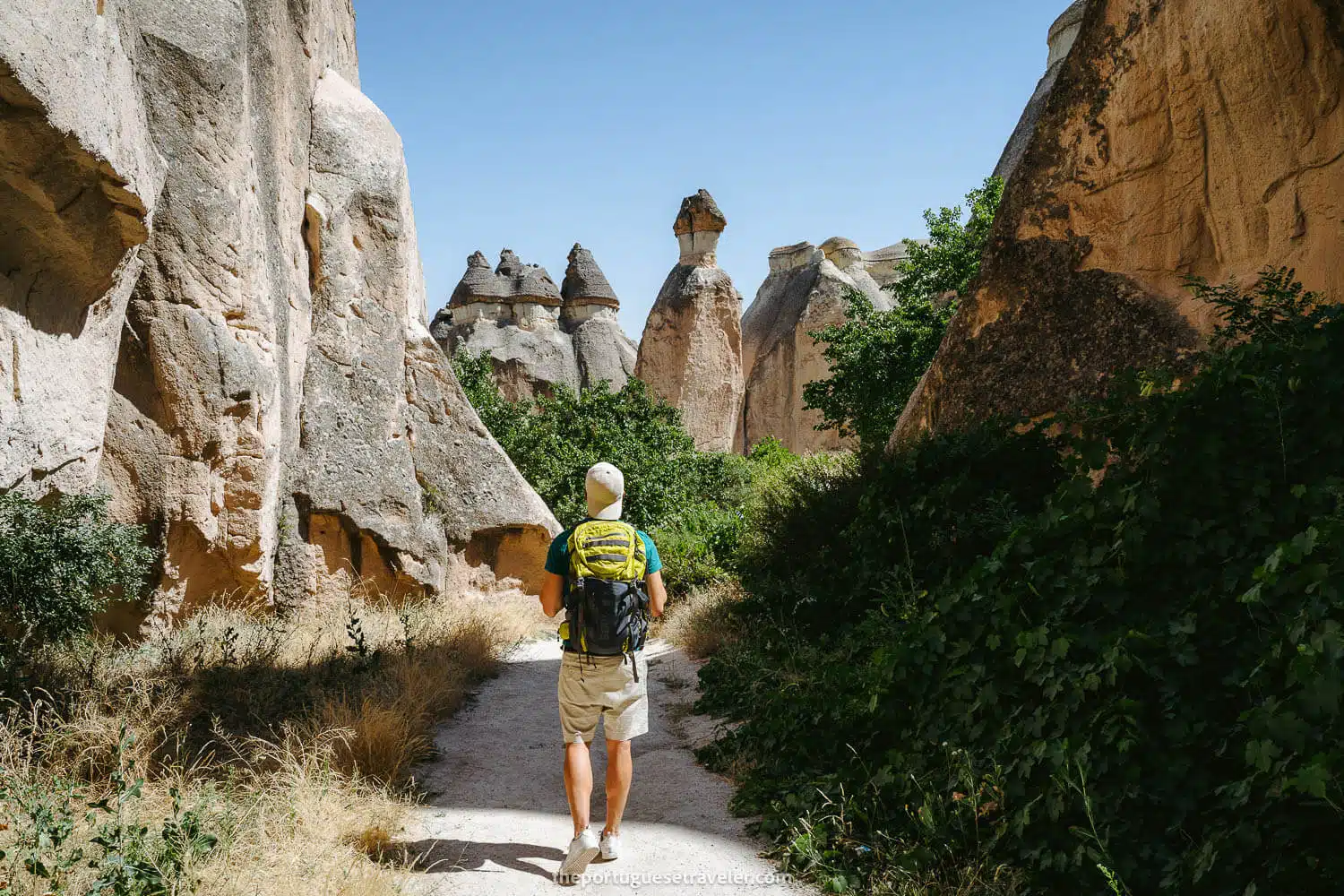
My Top Recommendations for 2024
Outdoor and Adventure Photographer Gear
Phone
Watch
- Apple Watch Series 9 (for short hikes/runs)
- Apple Watch Ultra 2 (for everything)
- Garmin Forerunner 965, Garmin Epix Pro (Gen 2), Garmin Enduro 2, Garmin Fenix 7 Pro (for everything)
- Garmin Descent Mk2i (for diving)
Computer
Cameras
Lenses
Zoom:
- Sony FE 16-35mm f2.8 GMII
- Sony FE 24-70mm f2.8 GMII
- Sony FE 70-200mm f2.8 GMII
- Sony FE 100-400mm f4-5.6 GM
Prime – Fixed:
- Sony FE 24mm f1.4 GM
- Sony FE 35mm f1.4 GM
- Sony FE 50mm f1.4 GM
- Sony FE 85mm f1.4 GM
- Sony FE 135mm f1.8 GM
Converter:
Drones
FPV Drones
Action Cameras
Tripod and Sticks
Filters
- For Camera – Polar Pro Quartzline
- For Drone – K&F Concept
Microphone
Straps
Extras and Goodies
- Anker Powerbank
- Epicka Universal Power Adapter
- Macbook Pro Universal Travel Adapter
- Garmin inReach Mini 2 Sat Nav
- Lume Cube Lightning
- Black Tape to hold the gear
- Victorinox Swiss Multi-Tool or Victorinox Hiker Knife
- Cleaning Kit
Memory Cards
External Drives
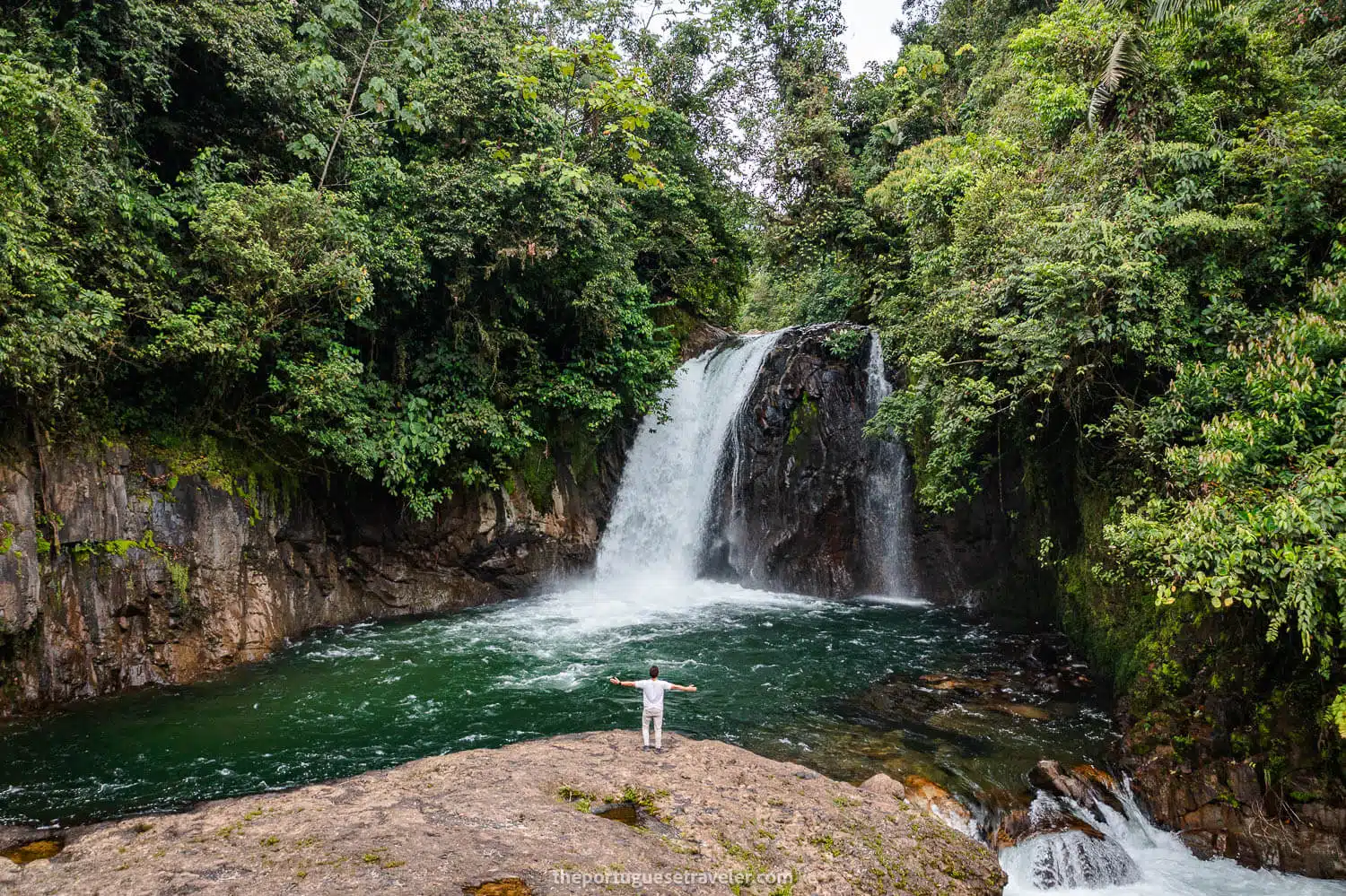
What's the difference between Hiking, Trekking and Mountaineering?
Hiking: Hiking involves walking on well-defined trails or paths, often in natural environments such as forests, mountains, and countryside. It’s typically a day activity, and the terrain is usually non-technical. Hiking boots or shoes with good traction and support are suitable for this activity.
Trekking: Trekking is similar to hiking but usually involves longer, multi-day journeys, often in remote areas. The terrain can vary from easy to challenging, and trekking may involve carrying a backpack with camping gear. Sturdy trekking boots with ankle support and good grip are recommended.
Mountaineering: Mountaineering encompasses a broad spectrum of activities, including high-altitude mountaineering, technical mountaineering, and classical mountaineering.
High-altitude mountaineering involves ascending peaks at extreme elevations, often requiring specialized equipment such as insulated mountaineering boots, crampons, and ice axes.
Technical mountaineering involves navigating challenging terrain that may include rock, ice, and mixed routes. This requires a high level of skill and often specialized equipment, such as technical ice climbing boots and advanced climbing gear.
Classical mountaineering typically involves ascending peaks that may not be as high or technical as those in high-altitude or technical mountaineering. Sturdy mountaineering boots with good ankle support and crampon compatibility are essential for this activity.
Understanding the nuances of each activity can help individuals select the appropriate gear and equipment for a safe and enjoyable outdoor experience.
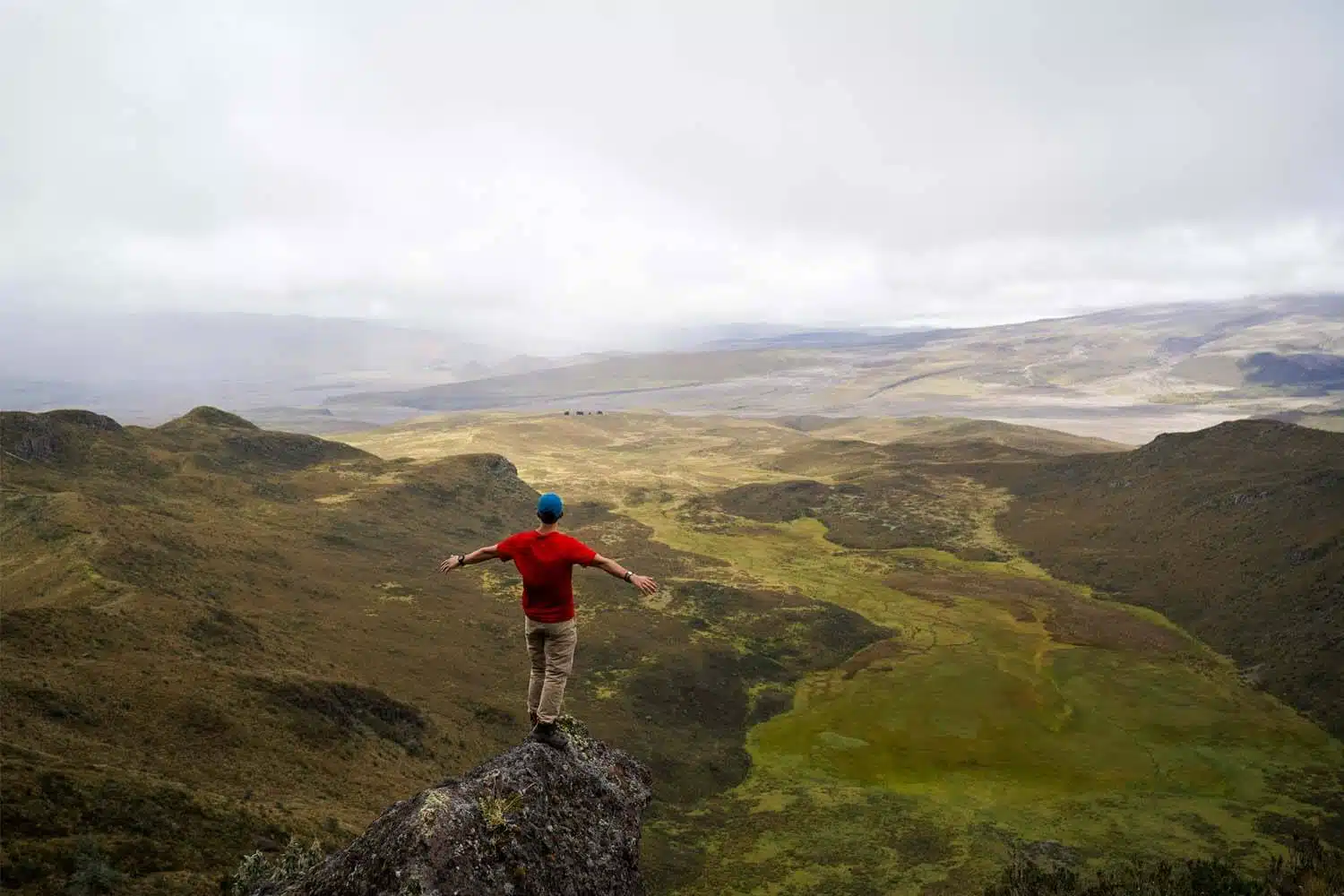
What's in my Backpack?
The equipment I typically bring on my outings varies depending on the specific sport or activity I’m engaged in, but as a general guideline, the gear I carry includes:
Electronics & Specific Gear:
Phone
Watch
Backpack
Camera
Lenses
Drone
Filters
Camera Straps & Clips
Memory Cards
- SanDisk Extreme PRO SD Card 128GB for Camera
- SanDisk Extreme MicroSD 128GB for Drone
- Memory Cards Case
- Extras
- Anker Powerbank
- Victorinox Hiker Knife
- Cleaning Kit
Clothing & Accessories:
- Trekking Poles
- Cap
- Sunglasses
- Breathable Tshirt
- Waterproof Jacket
- Shorts or Pants
- Hiking Shoes or Trekking Boots
- Hiking Merino Socks
- Puffer Jacket
Useful Extras:
- First-Aid Kit
- Thermos & Snacks
- Portuguese Flag
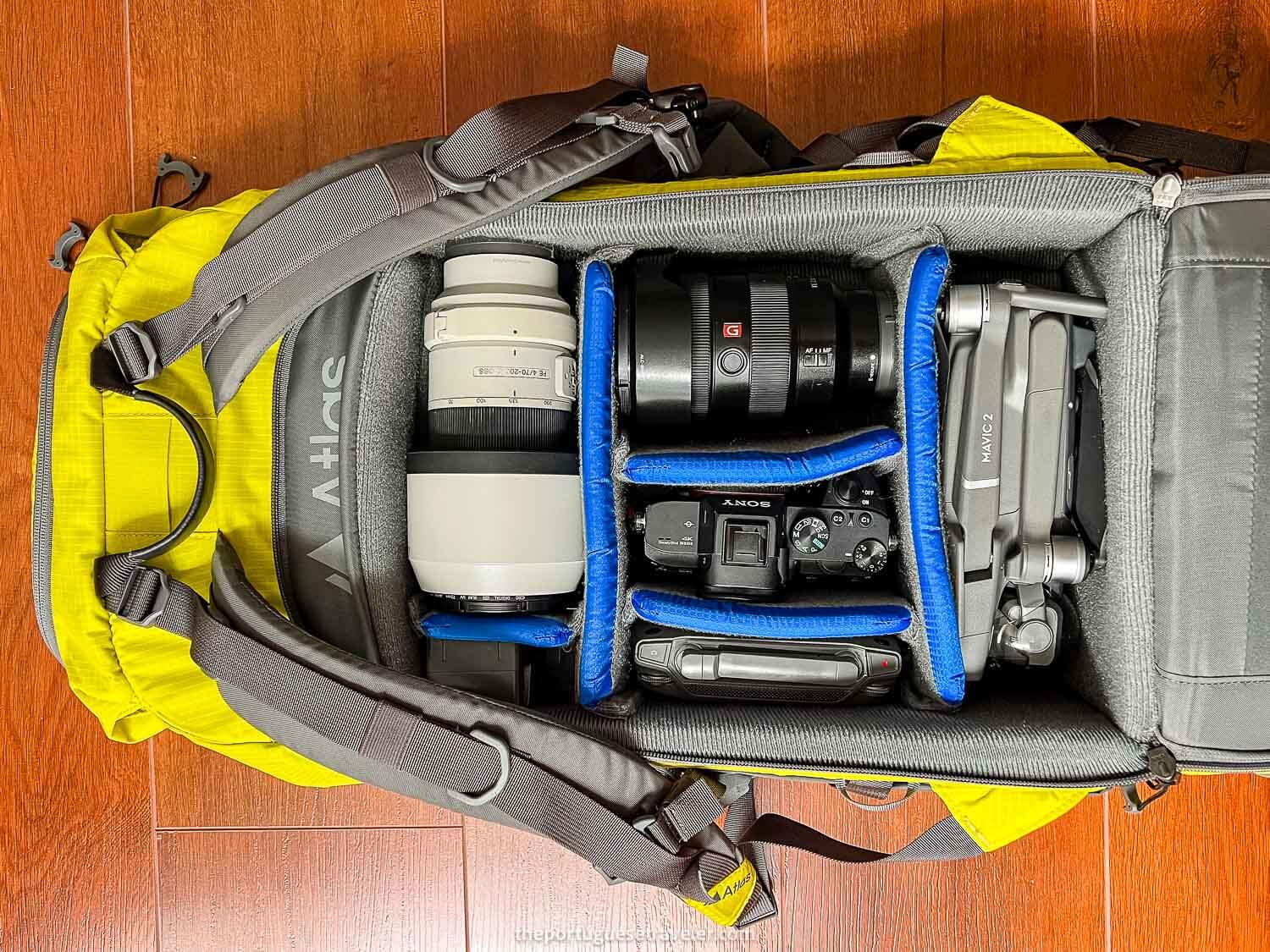
Hiking & Trekking Essentials
Outdoor & Adventure Photographer
For hiking and trekking, the most important thing is to have versatility in your lenses. A fixed lens is nice and sharp, but a zoom will allow you to have some fun playing with the framing and composition of your shots and is lighter than carrying multiple lenses.
In electronics, you should have, from experience, a wide-angle lens and a telephoto lens, and a drone. If you’re alone, an action camera, either a 360 one or a normal action camera with a selfie stick.
Regarding clothing, I’d go for merino wool breathable clothing and sun-blocking gear, and depending on the temperature, a puffer jacket, a fleece, and a waterproof shell, as well as food, drinks, and a first aid kit. If you’re camping, some gear for the night, like gloves and a headlamp, and that’s about it. I’ve made a detailed checklist for you:
Electronics & Specific Gear:
Phone
Watch
Backpack
Camera
Lenses
Drone
Action Camera
Filters
- For Camera – Polar Pro Quartzline
- For Drone – K&F Concept
Tripod & Sticks
- Peak Design Carbon Tripod
- Sandmarc Pole – Metal Edition (if you don’t have the Insta360 and bring the GoPro)
Camera Strap & Clips
Memory Cards
- SanDisk Extreme PRO SD Card 128GB for Sony AI
- SanDisk Extreme MicroSD 128GB for Drone and GoPro
- Memory Cards Case
Extras
Alternatives (if you want to go light)
- Lens: Sony FE 24-70mm f2.8 GMII
- Drone: DJI Mavic Mini 4 Pro
Clothing & Accessories:
- Tshirt: Breathable T-shirt (Tech or Merino)
- Jacket: Waterproof Jacket (Gore-tex or H2O Technology), and a Puffer Jacket
- Pants: Shorts or Pants
- Shoes: Hiking Shoes or Trekking Boots
- Socks: Hiking Socks
- Gloves: Merino Gloves
- Hat: Cap
- Sunglasses: Hiking Sunglasses
- Lights: Headlamp
- Swimming Clothes (if it’s a waterfall hike)
- Dry-fast Towel (if it’s a waterfall hike)
- Earth Pak Waterproof Dry Bag (if it’s a waterfall hike)
- Low Gaiters
- Cooking, Camping Tent, Sleeping Mat, Sleeping Bag
- Victorinox Swiss Multi-Tool or Victorinox Hiker Knife
- Change of Clothes
Useful Extras:
- First-Aid Kit
- Food / Snacks
- Thermos or Water-filtering Bottle
Hiking & Trekking Brands:
Tried: Patagonia, The North Face, Jack Wolfskin, Mammut 1862, Salomon, Columbia, Fjallraven, Petzl, Black Diamond, Falke
Never tried but famous and good: Arc’teryx, Marmot, Peak Performance, Julbo, Scarpa, Icebreaker, La Sportiva, Rab, Smartwool, Cotopaxi, REI, Helly Hansen
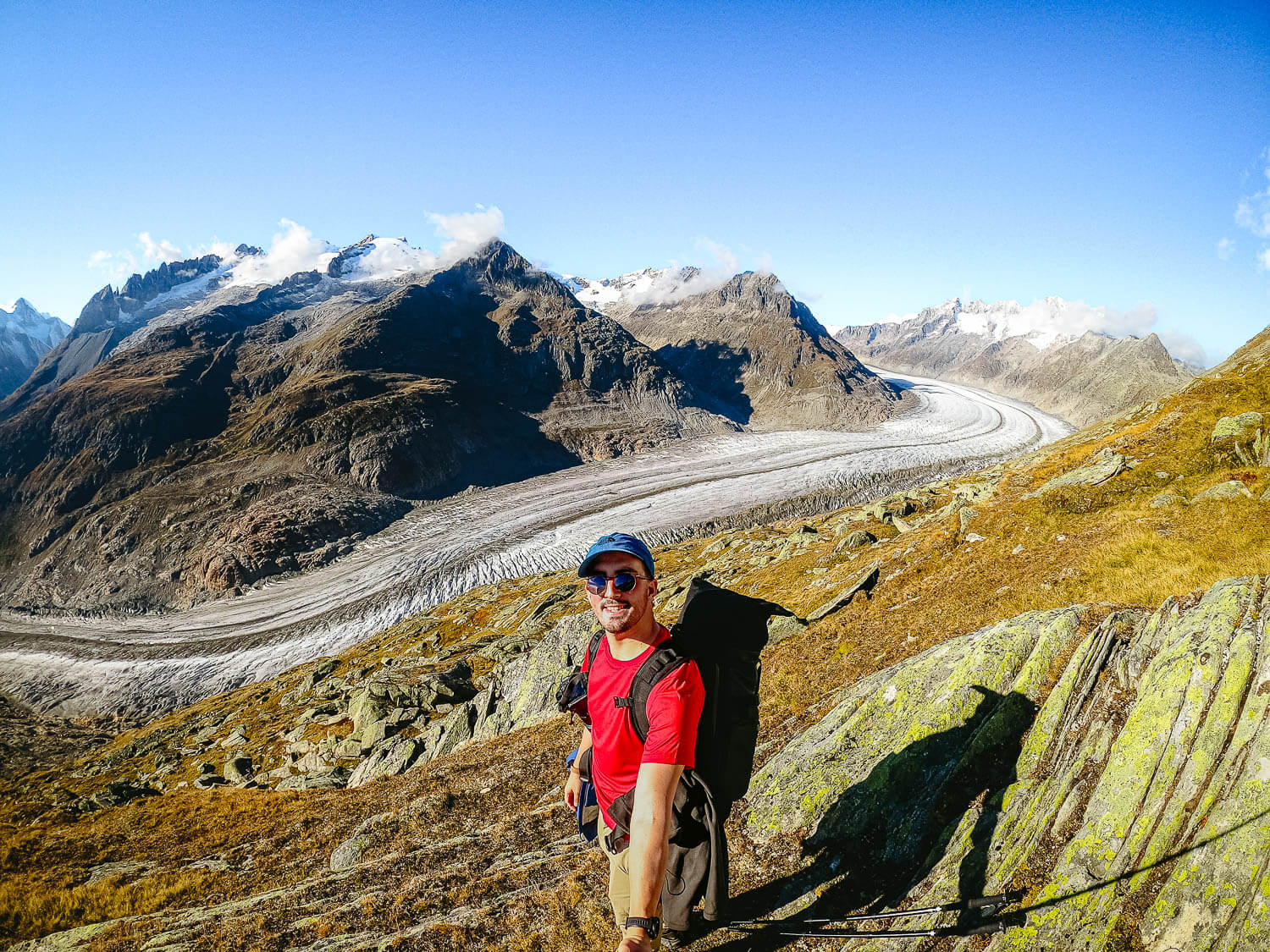
Mountaineering Essentials
Outdoor & Adventure Photographer
When it comes to mountaineering, having versatile lenses is crucial, similar to hiking and trekking. While a fixed lens offers sharpness, a zoom lens allows for creative framing and composition of shots and is more convenient than carrying multiple lenses.
In terms of electronics, it’s advisable to bring a wide-angle lens, a telephoto lens, and a drone, preferably a larger model like the DJI Mavic 3 Pro, as smaller versions may encounter altitude-related issues. Additionally, if you’re alone, consider carrying an action camera, either a 360-degree model or a standard one with a selfie stick. It’s important to note that mountain environments are often very cold, especially before sunrise, limiting opportunities to change lenses and experiment with different gear, particularly when in a group.
Furthermore, the most significant gear variation for mountaineering lies in clothing, which requires careful consideration. A specific set of clothing and layers is essential to ensure warmth and mobility on snow and ice. I’ve prepared a detailed checklist for you.
Electronics & Specific Gear:
Phone
Watch
Backpack
Camera
Lenses
Drone
Action Camera
Filters
- For Camera – Polar Pro Quartzline
- For Drone – K&F Concept
Tripod & Sticks
- Peak Design Carbon Tripod
- Sandmarc Pole – Metal Edition (if you don’t have the Insta360 and bring the GoPro)
Camera Strap & Clips
Memory Cards
- SanDisk Extreme PRO SD Card 128GB for Sony AI
- SanDisk Extreme MicroSD 128GB for Drone and GoPro
- Memory Cards Case
Extras
Alternatives (if you want to go light)
- Lens: Sony FE 24-70mm f2.8 GMII
- Drone: DJI Mavic Mini 4 Pro (might be hard to fly above 5000m)
Clothing & Accessories:
- Tshirt: Breathable T-shirt (Tech or Merino)
- Jacket (3 layers): Base Layer or Fleece, Puffer Jacket, and a Waterproof Jacket (Gore-Tex or H2O Technology)
- Pants: Base Layer, and a Hardshell (Gore-Tex or a Waterproof Alternative)
- Gloves: Waterproof Gloves w/ Interior Liner Layer (or Merino Liner Gloves, and a Waterproof Hardshell)
- Socks: Merino Socks
- Shoes: High Mountain Mountaineering Boots, or Technical Mountaineering Boots, with High Gaiters.
- Hat: Beanie, Buff, Cap
- Sunglasses: Glacier Sunglasses
- Lights: Headlamp
- Helmet
- Piolet
- Crampons
- Harness
- Rope
- Carabiners
- Heating Pads
- Victorinox Swiss Multi-Tool or Victorinox Hiker Knife
- Cooking/Camping Tent/Sleeping Mat/Sleeping Bag
- Change of Clothes
Useful Extras:
- First-Aid Kit
- Food / Snacks
- Thermos or Water-filtering Bottle
Mountaineering Brands:
Tried: Patagonia, The North Face, Jack Wolfskin, Mammut 1862, Salomon, Columbia, Fjallraven, Petzl, Black Diamond, Falke
Never tried but famous and good: Arc’teryx, Marmot, Peak Performance, Julbo, Scarpa, Icebreaker, La Sportiva, Rab, Smartwool, Cotopaxi, REI, Helly Hansen
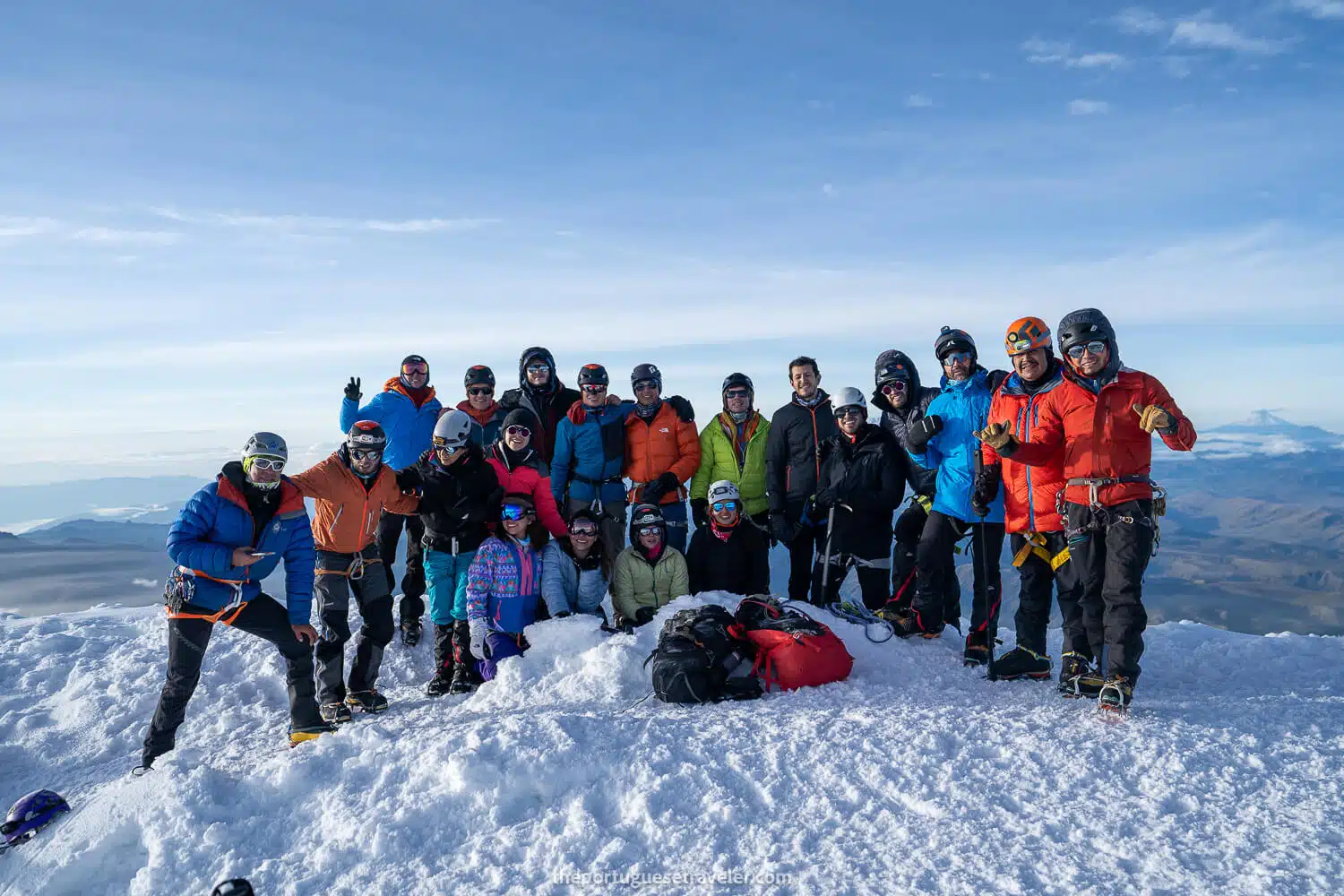
Underwater & Diving Essentials
Outdoor & Adventure Photographer
For those new to underwater photography, a GoPro capable of filming in 4K and slow motion is an excellent choice. Alternatively, you can use your Iphone with a DIVEVOLK case to capture both video and photos.
However, for experienced enthusiasts, opting for a professional camera with a diving case, rig, lights, and floaters is recommended. When selecting lenses, consider a wide-angle lens, a macro lens, and a normal zoom lens. It’s important to choose lenses wisely, as changing them underwater is not feasible.
Furthermore, the choice of diving gear, such as wetsuits, fins, and buoyancy control devices, is essential for safety and comfort while navigating underwater landscapes. I’ve prepared a detailed checklist to help you prepare for your underwater diving photography adventure.
Electronics & Specific Gear:
Phone
- Iphone 15 Pro
- Underwater Diving Phone Case Diving DIVEVOLK (for diving)
- Waterproof Case Lifeproof FRE for Iphone (for snorkeling)
Backpack
- AtlasPacks Athlete (w/ raincover)
- Earth Pak Waterproof Dry Bag
Camera Gear
- Sony A1
- Sony FE 16-35mm f2.8 GMII
- Seafrog Case for A7IV 16-35 f2.8 from Seafrog or Nauticam (Pro)
- Lights, Rig w/ floaters
or
Diving Computer
Diving Gear
Clothing & Accessories:
- Tshirt: Breathable Tshirt (Tech or Merino), or a Lycra
- Jacket: Waterproof Jacket
- Shorts: Swimming Clothes
- Shoes: Flip Flops
- Hat: Cap
- Sunglasses
- Dry-fast Towel
- Earth Pak Waterproof Dry Bag
- Change of Clothes
Useful Extras:
- First-Aid Kit
- Food / Snacks
- Thermos or Water-filtering Bottle
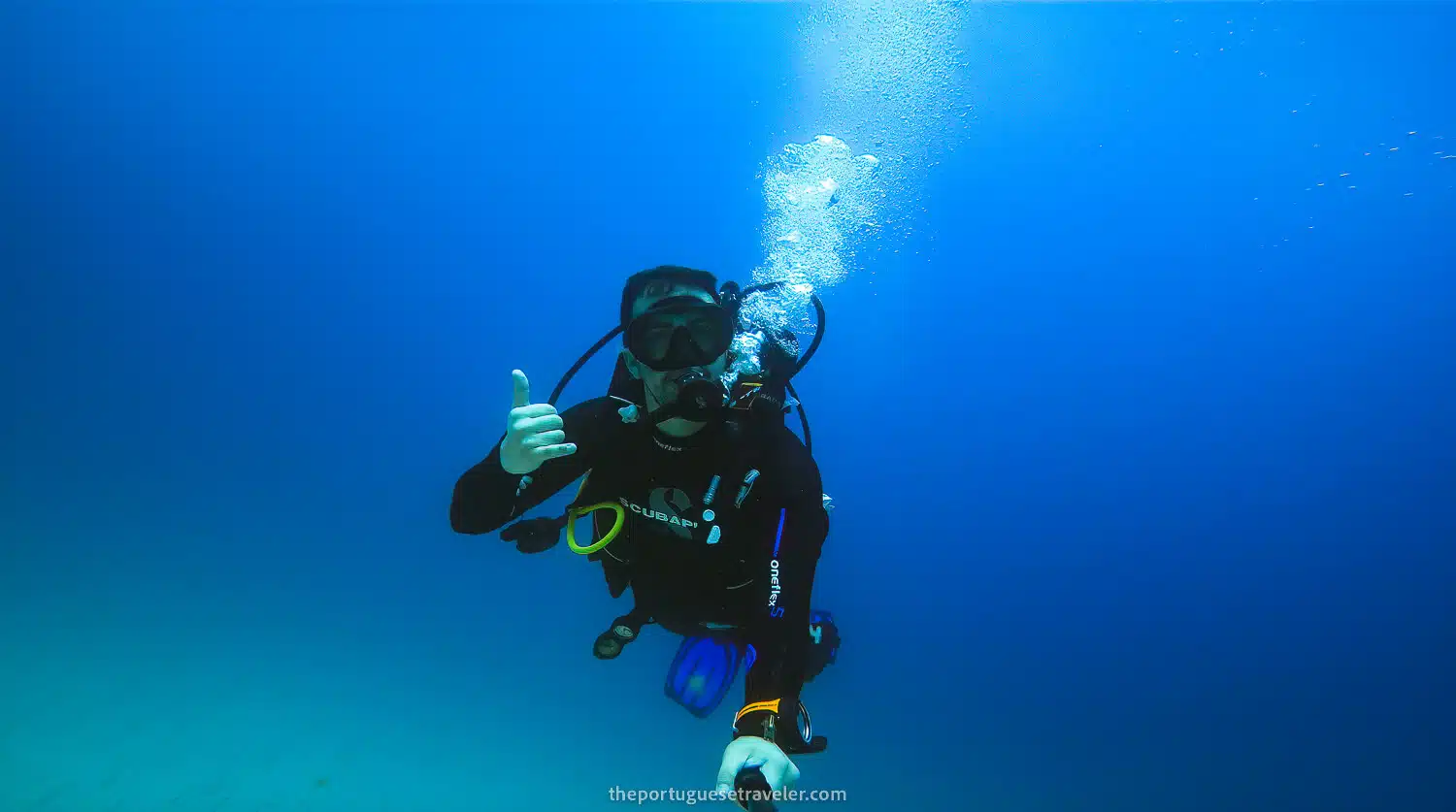
Rainforest & Cloud Forest Essentials
Outdoor & Adventure Photographer
If you’re going to explore Rainforests or Cloud Forests, understanding the clothing needs is crucial, especially considering the level of moisture during the rainy season and the prevalence of mosquitoes. It’s essential to have mosquito-repellent clothing and waterproof gear to protect against the elements. Additionally, opting for light-colored mosquito-repellent clothing and breathable equipment is advisable, given the humid conditions in these forests. If you anticipate encountering mud, consider bringing rubber boots, and for general hiking, sturdy hiking shoes are recommended.
In terms of photography, a wide-angle lens is ideal for capturing the expansive landscapes, while a 100-400 lens can help capture stunning animal shots. If you need additional reach, consider purchasing the 1.4x Teleconverter.
It’s also worth noting that Amazon lodges often provide thick ponchos, but it’s wise to confirm this beforehand. I’ve compiled a comprehensive checklist to help you prepare for your Rainforest/Cloud Forest adventure.
Electronics & Specific Gear:
Phone
Watch
Backpack
- AtlasPacks Athlete (w/ raincover)
- Earth Pak Waterproof Dry Bag
Camera
Lenses
- Sony FE 100-400mm f4-5.6 GM (essential for birds and animal watching)
- Sony FE 16-35mm f2.8 GMII
Converter
Drone
- DJI Mavic 3 Pro (might be hard to take off inside the forest, try to fly it in a clear area without trees)
Action Camera
Filters
- For Camera – Polar Pro Quartzline
- For Drone – K&F Concept
Tripod & Sticks
- Peak Design Carbon Tripod
- Sandmarc Pole – Metal Edition (if you don’t have the Insta360 and bring the GoPro)
Camera Strap & Clips
Memory Cards
- SanDisk Extreme PRO SD Card 128GB for Sony AI
- SanDisk Extreme MicroSD 128GB for Drone and GoPro
- Memory Cards Case
Extras
Alternatives (if you want to go light)
- Lens: Sony FE 24-70mm f2.8 GMII
- Drone: DJI Mavic Mini 4 Pro
Clothing & Accessories:
- Tshirt: Light-Coloured Breathable T-shirt (Tech or Merino)
- Clothing: Mosquito Repellant Clothes – Shirt and Pants.
- Shoes: Rubber Boots or Hiking Shoes (remove them when crossing rivers, it is safer to go barefoot, I talk from experience)
- Jacket: Waterproof Jacket (Gore-Tex or H2O Technology)
- Shorts: Swimming Clothes
- Dry-fast Towel
- Cap and Sunglasses (optional as most of the time you’re in the jungle)
- Change of Clothes
Useful Extras:
- First-Aid Kit
- Food / Snacks
- Thermos or Water-filtering Bottle
Rainforest & Cloud Forest Brand: Craghoppers
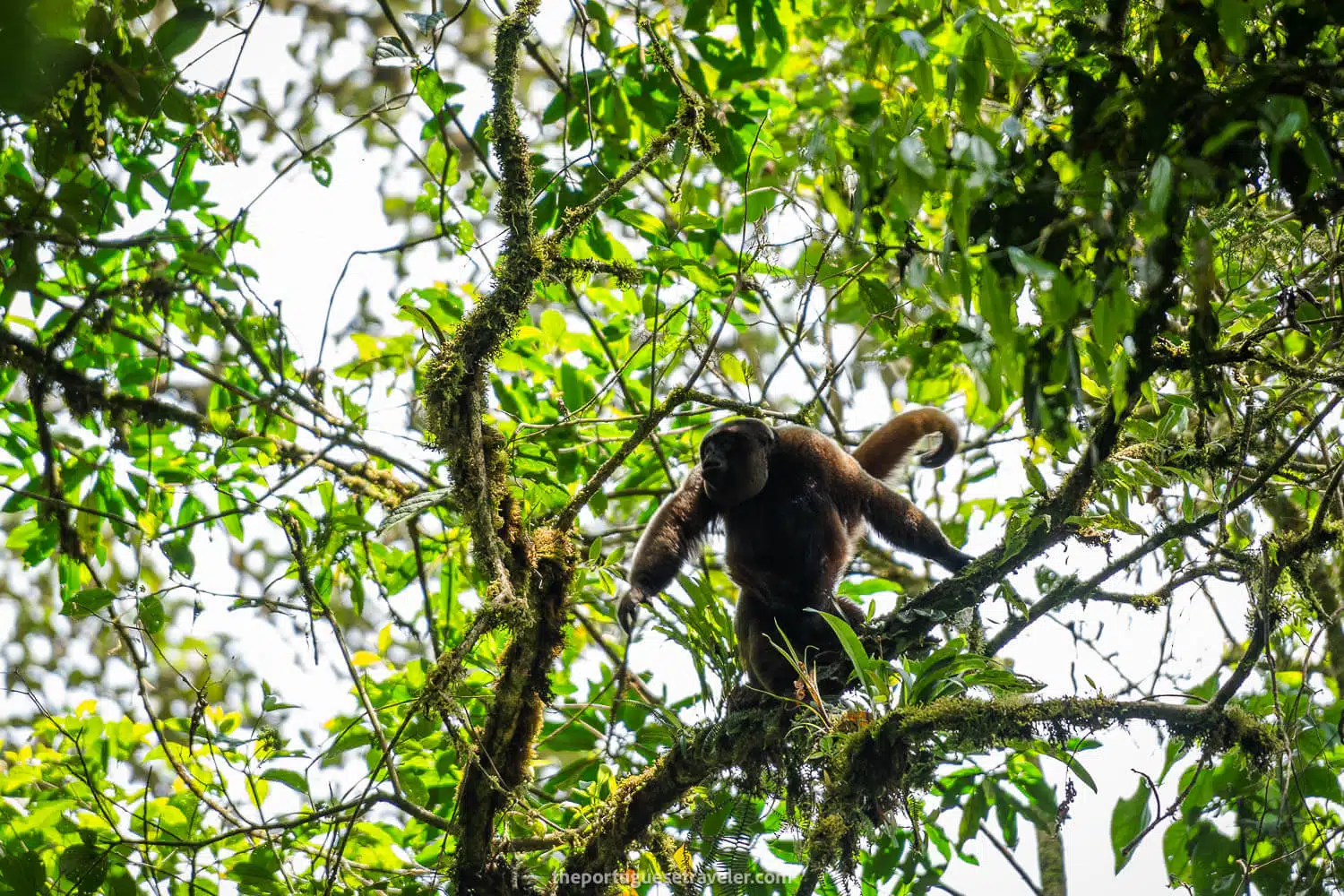
City & Street Photography Essentials
Outdoor & Adventure Photographer
Even though City & Street Photography is not my primary focus at the moment, I can still offer a couple of hints. Typically, street photographers prefer using prime lenses for their sharpness and the creative freedom they provide for exploring different perspectives. It’s also beneficial to maximize light intake, especially for night photography, which is why most of the lenses I recommend have an f-stop of 1.8 or lower. In terms of backpacks, all the ones I previously suggested are suitable choices, but you can opt for a smaller option like the Peak Design Everyday Sling 3L if you only need to carry a lens and a camera.
For capturing great shots at night and in the rain, consider using a camera cover and light cubes. Additionally, if permitted, a drone can provide unique aerial perspectives, and the Insta360 OneX3 camera can capture stunning footage.
As for other small street photography tips, consider experimenting with different angles and vantage points to capture unique and compelling compositions. Pay attention to details and look for interesting interactions or moments that tell a story. Finally, engage with your surroundings and the people in the city to capture authentic and unique moments.
With that in mind here is a quick checklist I’ve made for your city sessions:
Phone
Watch
Backpack
Camera
Zoom Lenses
Prime – Fixed Lenses
- Sony FE 24mm f1.4 GM
- Sony FE 35mm f1.4 GM
- Sony FE 50mm f1.4 GM
- Sony FE 85mm f1.4 GM
- Sony FE 135mm f1.8 GM
Drone
Action Camera
Filters
- For Camera – Polar Pro Quartzline
- For Drone – K&F Concept
Tripod & Sticks
- Peak Design Carbon Tripod
- Sandmarc Pole – Metal Edition (if you don’t have the Insta360 and bring the GoPro)
Camera Strap & Clips
Memory Cards
- SanDisk Extreme PRO SD Card 128GB for Sony AI
- SanDisk Extreme MicroSD 128GB for Drone and GoPro
- Memory Cards Case
Extras
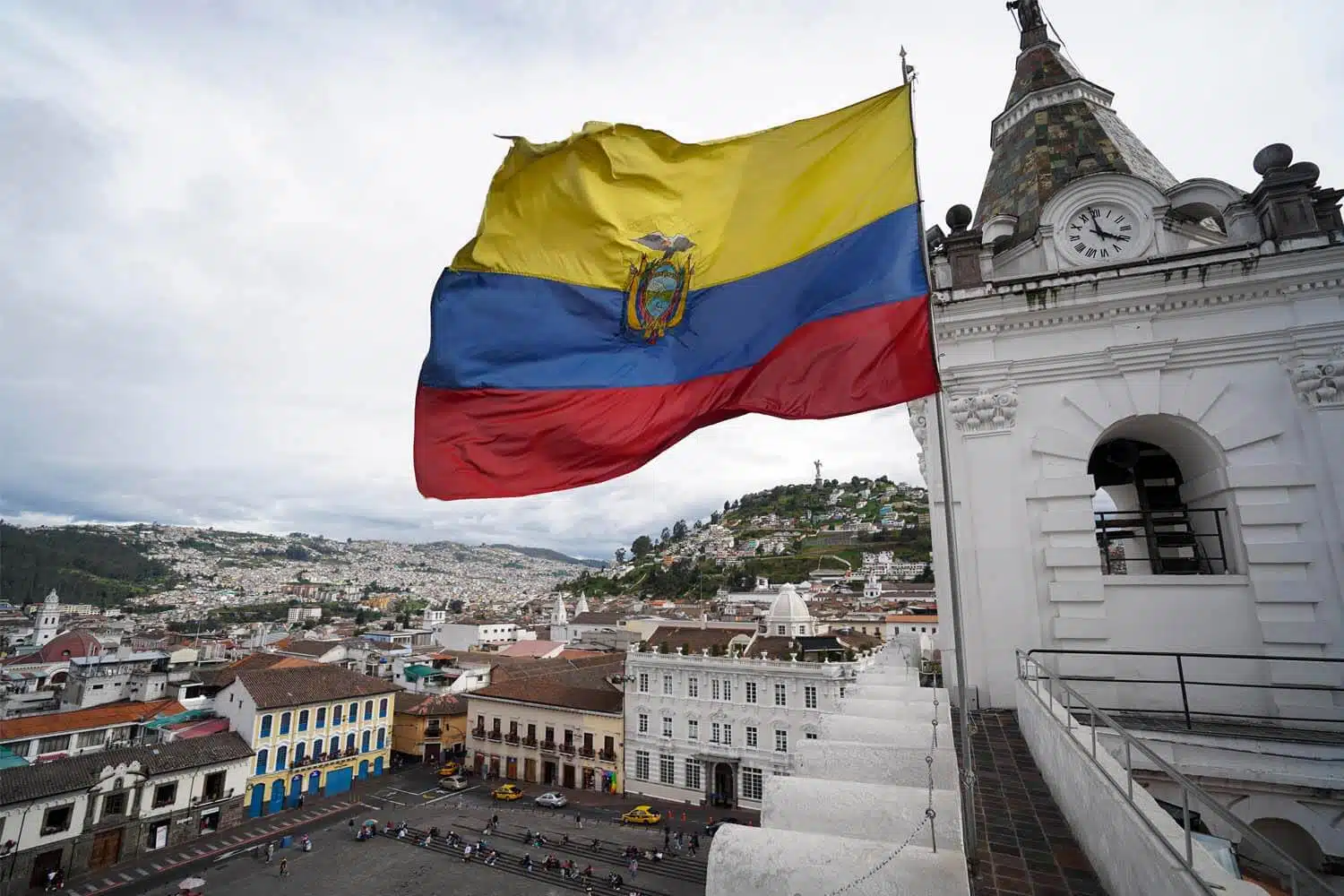
First-Aid Kit & Travel Medicine
Outdoor & Adventure Photographer
Please note that the following list is not intended as a medical prescription or professional suggestion. It simply outlines the contents of my personal first-aid kit, which I typically carry in my backpack for various outdoor adventures. Always consult with a medical professional or certified expert to customize a first-aid kit that suits your specific needs and circumstances.
- Height Sickness/Energy Natural Trick: Coca Leaves / Coca Candies / Guayusa / Water with Panela (Raw Sugar) / Coca-Cola / Candies-Chocolates
- Seasickness Pills
- Paracetamol (Analgesic – Pain Relieve)
- Ibuprofen (Anti-Inflamatory)
- Reumongel / Diclofenac – (Muscle Pain Over the Counter)
- Cold Spray (Muscle Pain Over the Counter)
- Bandage
- Plaster
- Tape
- Cotton
- Betadine/Alcohol (Desinfectant)
- Imodium (Emergency Diarrhea)
- Electrolytes in Powder packets (Hydration)
- Strepfen (Sore Throat)
- Vitamin C (Booster Immune System)
- Magnesium (Sleep Improvement – Recovery – Among other things)
- Probiotics (Good if you had to take Antibiotics – Repopulates Flora)
- Malaria Pills (if needed)
- Mosquito Repellant
- Lipstick Sunscreen
- Sunscreen
In any case, I highly encourage you to make an appointment with a Travel Doctor. They can offer valuable guidance on the vaccines and medications you may need for your upcoming adventure, ensuring your safety and well-being.
Travel Insurance w/ Electronics + Adventure Sports
Outdoor & Adventure Photographer
Heymondo, SafetyWing – I’ve written an entire article about Heymondo Travel Insurance and Safetywing Digital Nomad Travel Insurance with all the details to help you choose the best travel insurance for your trip.
Plan your next adventure with us!
Here are the links we use and recommend to plan your trip easily and safely. You won’t pay more, and you’ll help keep the blog running!
Adventures in Sri Lanka - The Ancient Ceylon
Explore The Galapagos Islands
Hiking in Switzerland & Italy
The Hidden Worlds of Ecuador
ABOUT ME
I’m João Petersen, an explorer at heart, travel leader, and the creator of The Portuguese Traveler. Adventure tourism has always been my passion, and my goal is to turn my blog into a go-to resource for outdoor enthusiasts. Over the past few years, I’ve dedicated myself to exploring remote destinations, breathtaking landscapes, and fascinating cultures, sharing my experiences through a mix of storytelling and photography.
SUBSCRIBE
Don’t Miss Out! Be the first to know when I share new adventures—sign up for The Portuguese Traveler newsletter!
MEMBER OF
RECENT POSTS
COMMUNITY
TRAVEL INSURANCE
Lost luggage, missed flights, or medical emergencies – can you afford the risk? For peace of mind, I always trust Heymondo Travel Insurance.
Get 5% off your insurance with my link!
